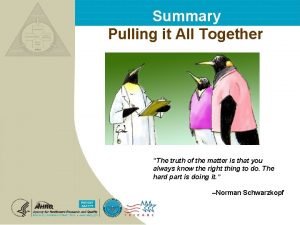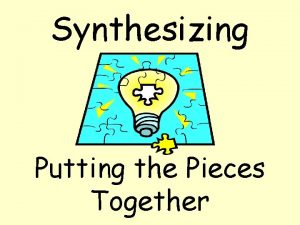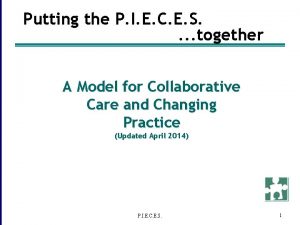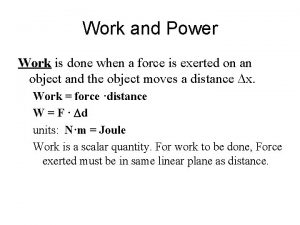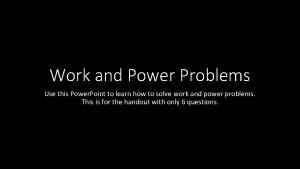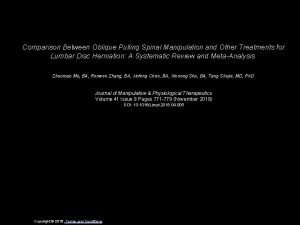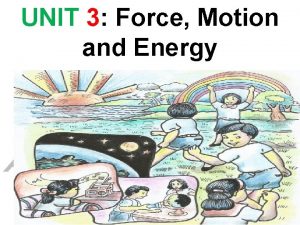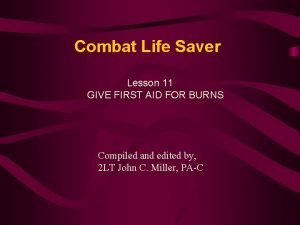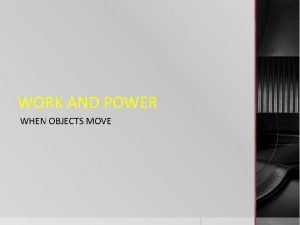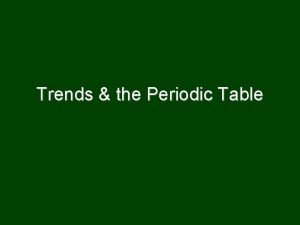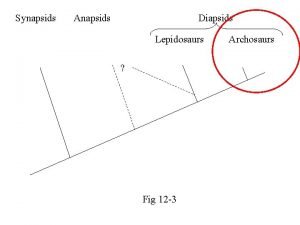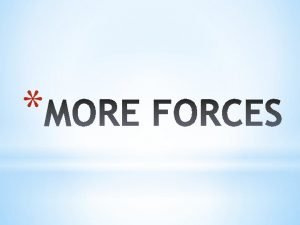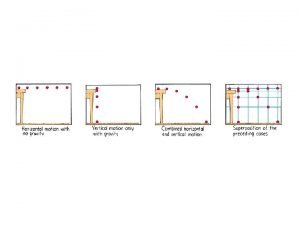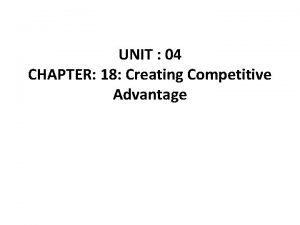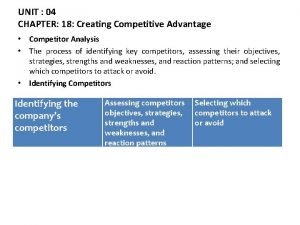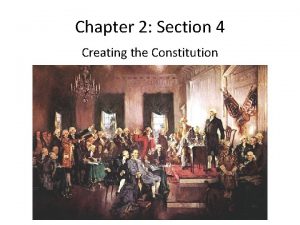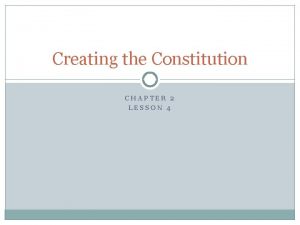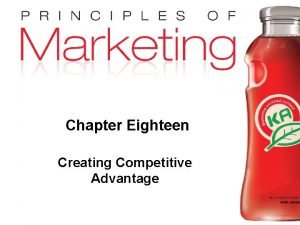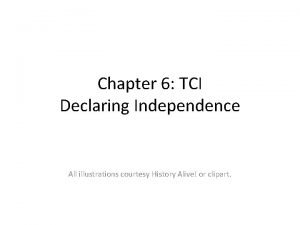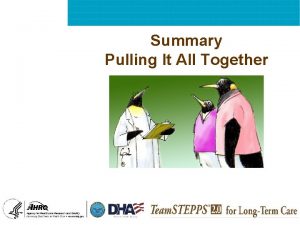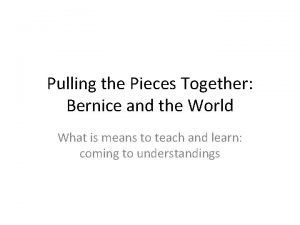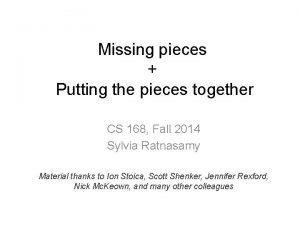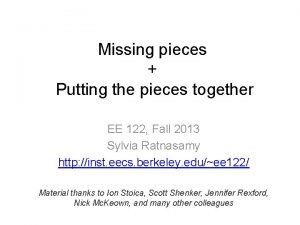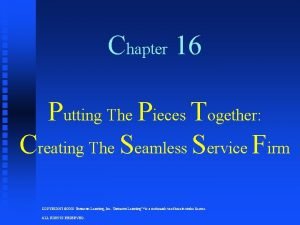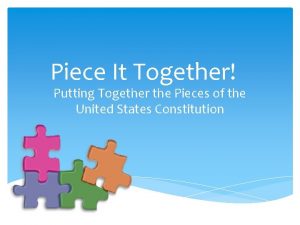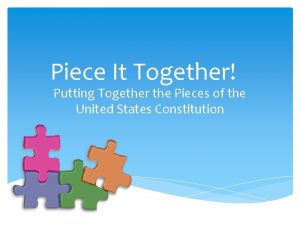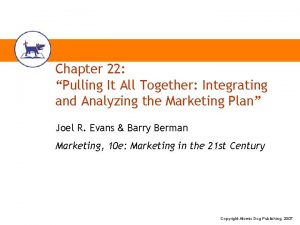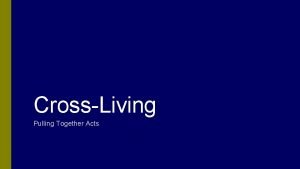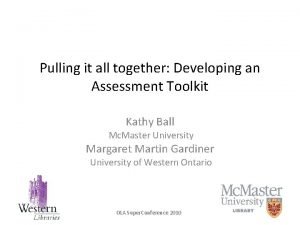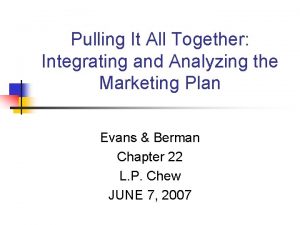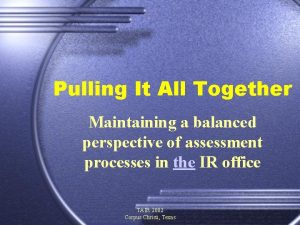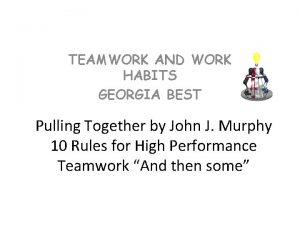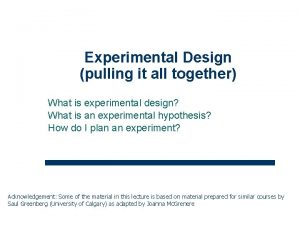Chapter 15 Pulling the Pieces Together Creating a



























- Slides: 27

Chapter 15 Pulling the Pieces Together: Creating a World-Class Service Culture

Chapter Objectives • Compare and contrast the concept of service seamlessness to departmentalization and functionalism. • Describe how a service firm’s internal logics affects its service culture. • Understand the fundamental differences between the industrial management approach and the market-focused management approach. • Describe observational and indirect questioning approaches for assessing the organization’s current culture. • Explain the basic components of a service audit. • Discuss four fundamental strategies that facilitate cultural change. © 2017 Cengage Learning®. May not be scanned, copied or duplicated, or posted to a publicly accessible website, in whole or in part.

Opening Vignette: Zappos • Zappos is consistently ranked high on Fortune magazine’s list of “The 100 Best Companies to Work For” • Zappos embraces 10 core values known as “The 10 Commandments of Zappos” that help shape the organization’s culture: 1. “Deliver Wow through service” 2. “Embrace and drive change” 3. “Create fun and a little weirdness” 4. “Be adventurous, creative, and open-minded” 5. “Pursue growth and learning” 6. “Build open and honest relationships with communication” 7. “Build a positive team and family spirit” 8. “Do more with less” 9. “Be passionate and determined” 10. “Be humble” © 2017 Cengage Learning®. May not be scanned, copied or duplicated, or posted to a publicly accessible website, in whole or in part.

Creating a Seamless Service Organization • Seamless service: services that occur without interruption, confusion, or hassle to the customer – Ritz-Carlton’s Gold Standards clearly articulate the Ritz-Carlton’s dedication not only to its guests, but also to its own personnel • Before an organization can change its culture, it must first understand its current culture © 2017 Cengage Learning®. May not be scanned, copied or duplicated, or posted to a publicly accessible website, in whole or in part.

Obstacles to World-Class Service: Departmentalization and Functionalism • Traditional management models based on the foundations of functionalism and departmentalization kill seamlessness © 2017 Cengage Learning®. May not be scanned, copied or duplicated, or posted to a publicly accessible website, in whole or in part.

Overcoming the Silo Mentality: Understanding Internal Logics • Internal logic: implicit and explicit principles of individual departments that drive organizational performance – Operations logic: the reasoning that stresses cost containment/reduction through mass production – Marketing logic: the reasoning that stresses providing customers with options that better enable the service offering to meet individual needs – Human resources logic: the reasoning that stresses recruiting personnel and developing training to enhance the performance of existing personnel – Service logic: promotes seamlessness by balancing the internal logics of marketing, operations, and human resources © 2017 Cengage Learning®. May not be scanned, copied or duplicated, or posted to a publicly accessible website, in whole or in part.

Figure 15. 1: Operations and Marketing Perspectives on Operational Issues © 2017 Cengage Learning®. May not be scanned, copied or duplicated, or posted to a publicly accessible website, in whole or in part.

Figure 15. 2: The Three-Cornered Fight for Control © 2017 Cengage Learning®. May not be scanned, copied or duplicated, or posted to a publicly accessible website, in whole or in part.

Business Philosophies: The Industrial Versus Market-Focused Management Models • Industrial management model: an approach to organizing a firm that focuses on revenues and operating costs and ignores the roles personnel play in generating customer satisfaction and sustainable profits • Market-focused management model: a new organizational model that focuses on the components of the firm that facilitate the firm’s service delivery system © 2017 Cengage Learning®. May not be scanned, copied or duplicated, or posted to a publicly accessible website, in whole or in part.

Figure 15. 3: The Services Triangle © 2017 Cengage Learning®. May not be scanned, copied or duplicated, or posted to a publicly accessible website, in whole or in part.

Developing a Service Culture • Culture: the shared values and beliefs that drive an organization’s overall service philosophy © 2017 Cengage Learning®. May not be scanned, copied or duplicated, or posted to a publicly accessible website, in whole or in part.

Figure 15. 4: Southwest’s 11 Primary Attitudes © 2017 Cengage Learning®. May not be scanned, copied or duplicated, or posted to a publicly accessible website, in whole or in part.

Assessing the Current Culture of the Service Firm: Observation and Indirect Questioning Techniques • Observe the current culture as an impartial observer • Gauge employee emotions • Observe objects and artifacts • Observe what is missing • Go for a culture walk • Conduct culture interviews and surveys © 2017 Cengage Learning®. May not be scanned, copied or duplicated, or posted to a publicly accessible website, in whole or in part.

The Service Audit: The Profit and Growth Component 1. How does the firm define customer loyalty? 2. Does the firm measure profits from referrals? 3. What proportion of the firm’s development funds are spent on retaining customers as opposed to attracting new ones? 4. When customers do not return, do we know why? © 2017 Cengage Learning®. May not be scanned, copied or duplicated, or posted to a publicly accessible website, in whole or in part.

The Service Audit: The Customer Satisfaction Component 5. Is customer satisfaction data collected in a systematic manner? 6. What methods are used to obtain customer feedback? 7. How is customer satisfaction data used? © 2017 Cengage Learning®. May not be scanned, copied or duplicated, or posted to a publicly accessible website, in whole or in part.

The Service Audit: The External Service Value Component 8. How does the firm measure value? 9. How is information on customer perceptions of the firm’s value shared within the company? 10. Does the firm actively measure the gap between customer expectations and perceptions of services delivered? 11. Is service recovery an active strategy discussed among management and employees? © 2017 Cengage Learning®. May not be scanned, copied or duplicated, or posted to a publicly accessible website, in whole or in part.

The Service Audit: The Employee Productivity Component 12. How does the firm measure employee productivity? © 2017 Cengage Learning®. May not be scanned, copied or duplicated, or posted to a publicly accessible website, in whole or in part.

The Service Audit: The Employee Loyalty Component 13. Does the firm actively pursue strategies to promote employee loyalty? 14. Does the firm set employee retention goals? © 2017 Cengage Learning®. May not be scanned, copied or duplicated, or posted to a publicly accessible website, in whole or in part.

The Service Audit: The Employee Satisfaction Component 15. Are employee satisfaction measures linked to customer satisfaction measures? 16. Are customer and organizational needs considered when hiring? 17. Are employee reward programs tied to customer satisfaction, customer loyalty, and quality of employee performance? © 2017 Cengage Learning®. May not be scanned, copied or duplicated, or posted to a publicly accessible website, in whole or in part.

The Service Audit: The Internal Service Quality Component 18. Are employees aware of internal and external customers? 19. Do employees have the support necessary to do their jobs? © 2017 Cengage Learning®. May not be scanned, copied or duplicated, or posted to a publicly accessible website, in whole or in part.

The Service Audit: The Firm’s Leadership Component 20. Does the firm’s leadership help or hinder the service delivery process? 21. Is the firm’s leadership creating a corporate culture that helps employees as they interact with customers? © 2017 Cengage Learning®. May not be scanned, copied or duplicated, or posted to a publicly accessible website, in whole or in part.

The Service Audit: The Measurement Relationship Component 22. How do the preceding measures of service performance in the service audit relate to the firm’s overall profitability? © 2017 Cengage Learning®. May not be scanned, copied or duplicated, or posted to a publicly accessible website, in whole or in part.

Figure 15. 5: Cultural Framework © 2017 Cengage Learning®. May not be scanned, copied or duplicated, or posted to a publicly accessible website, in whole or in part.

Strategies that Facilitate Cultural Changes • Changing culture through structure – Utilizing the marketing department as a change agent • Some pro-customer experts are wary: – Once the marketing department has been created, other departments may quickly transfer the complete responsibility for customer satisfaction to the marketing department – This transfer is likely to create open warfare among departments in the organization – Restructuring around the customer experience • For example, one major airline has all departments that have direct customer contact report to the head of marketing © 2017 Cengage Learning®. May not be scanned, copied or duplicated, or posted to a publicly accessible website, in whole or in part.

Strategies that Facilitate Cultural Change (cont’d) • Changing culture through systems – Reward structures • Based on customer satisfaction scores • Based on revenue targets • Based on participation in marketing planning • Changing culture through people – Bringing in outsiders to champion the marketing effort © 2017 Cengage Learning®. May not be scanned, copied or duplicated, or posted to a publicly accessible website, in whole or in part.

Strategies that Facilitate Cultural Change (cont’d) • Changing culture directly – Mixed groups are cross-sectional or interdepartmental – Family groups can be department or a naturally occurring group based on process – Low levels of empowerment imply that people will change their behavior, but that the group will have no authority to change the processes and systems of the organization – High-level empowerment implies an ability to change the processes and systems of the organization © 2017 Cengage Learning®. May not be scanned, copied or duplicated, or posted to a publicly accessible website, in whole or in part.

Figure 15. 6: Categorizing Culture-Change Initiatives © 2017 Cengage Learning®. May not be scanned, copied or duplicated, or posted to a publicly accessible website, in whole or in part.
 Pulling it all together
Pulling it all together After putting the pieces together what do they look like
After putting the pieces together what do they look like Putting the pieces together case study answer key
Putting the pieces together case study answer key Opvoedbelasting
Opvoedbelasting Work vs power
Work vs power Lamar gant
Lamar gant The forces shown above are
The forces shown above are Oblique pulling spinal manipulation
Oblique pulling spinal manipulation The act of pushing and pulling of a magnet is called
The act of pushing and pulling of a magnet is called Dynamic postural assessment pulling
Dynamic postural assessment pulling Magnets have invisible
Magnets have invisible Pulling down the wall of jericho
Pulling down the wall of jericho Floating head with backing device
Floating head with backing device Lesson 11 wire-pulling techniques
Lesson 11 wire-pulling techniques Chapter 6 study guide motion in two dimensions
Chapter 6 study guide motion in two dimensions Proton pulling power
Proton pulling power Ben travlun carries a 200n suitcase
Ben travlun carries a 200n suitcase Proton pulling power
Proton pulling power Ornithischian
Ornithischian Pulling things
Pulling things Biomechanics of pushing and pulling
Biomechanics of pushing and pulling A rocket of mass 12000 kg accelerates vertically
A rocket of mass 12000 kg accelerates vertically Chapter 18 creating competitive advantage
Chapter 18 creating competitive advantage Chapter 18 creating competitive advantage
Chapter 18 creating competitive advantage Creating the constitution chapter 2 section 4
Creating the constitution chapter 2 section 4 Chapter 2 lesson 4 creating the constitution answer key
Chapter 2 lesson 4 creating the constitution answer key Chapter 18 creating competitive advantage
Chapter 18 creating competitive advantage Tci chapter 8 - creating the constitution answer key
Tci chapter 8 - creating the constitution answer key
